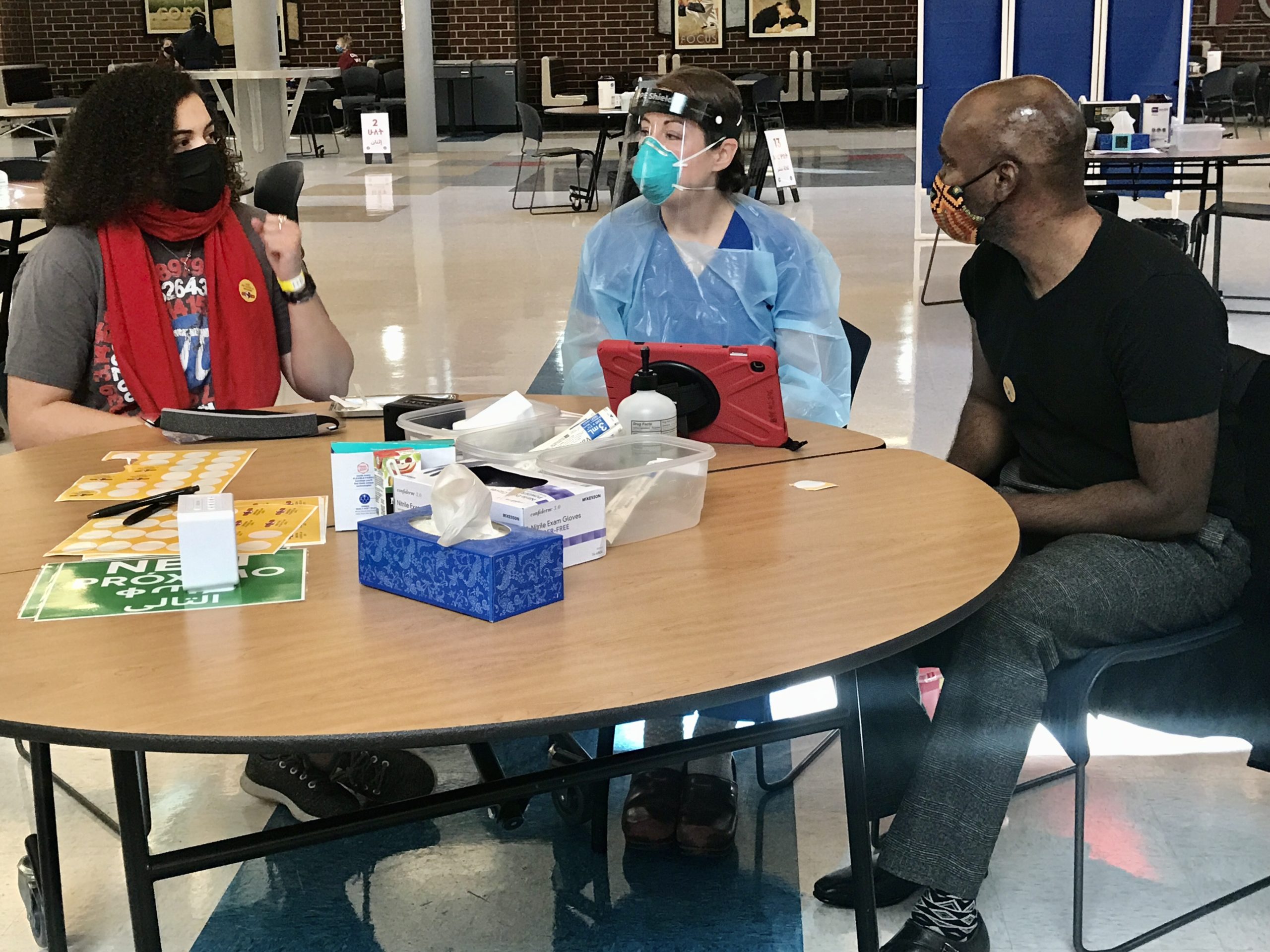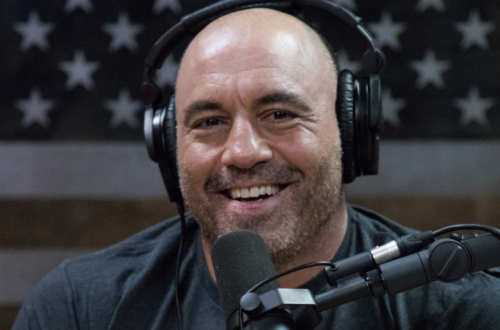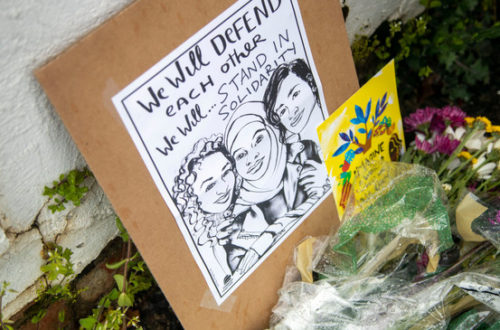Abigail Fireison
If the normal high school experience and the hybrid high school experience were put into a Venn diagram, there would still be similarities where the circles overlap. For one, new students still have to navigate a large school campus, figure out where the bathrooms are, and sometimes arrive late to class. For another, there are staff members in the halls ready to offer directions and discipline, and you can still order a school lunch.
However, the hybrid high school experience is inevitably different from what normal high school would be like. Even with the teachers in person and the staff in the halls, it’s impossible to ignore the lack of people.
As a tenth grader, this is my first year at the King Street campus. I had been excited to walk into a new building and be greeted by the crowds that usually swarm the campus. When I was a ninth grader taking classes at King Street, the energy in the halls excited me. Unfortunately, with less people in-person, that energy has lessened, too.
When I walked into the King Street campus on my first day of hybrid school, March 16th, it felt like a ghost town. I could hear my footsteps echoing as I walked, an unfamiliar sound in hallways that were usually filled with chatter and pounding feet.
The first thing I did when I stepped into the building was show proof on my phone that my mother had filled out a survey about my physical health, or any COVID-19 symptoms I might have. Then, I stood in front of a machine that took my temperature before I was sent on my way to my first period.
My teacher had decided not to return to the building, so my first class took place in the cafeteria. I had to check in by writing my name and grade on a piece of paper, and then I was assigned a cafeteria table. There was one table per student, spaced well apart from each other. By the time 10 o’clock rolled around, there were only about 20-30 students in the cafeteria total.
At around 11 o’clock, staff members began rolling carts of school lunches to classrooms, where students now eat instead of gathering in the cafeteria. I still ate in the cafeteria; since my previous class took place there, I simply stayed and had lunch at my individual table. Occasionally I could see people talking to one another as they ate, but most students stayed on their phones or computers.
I almost got lost walking to my next class, but fortunately a hall monitor was able to point me in the right direction. Arriving at my math class, I saw desks with transparent plastic screens spaced apart at least six feet, though when I sat down the distance between seemed longer.
Once everyone (around seven students, including myself) had arrived, we joined a Zoom call in the classroom and completed a test in silence. The next day we received actual instruction from our teacher in-person, while lessons were projected on the Smartboard.
It was during this class, with a teacher there and students in the classroom actively participating, that it felt the most like a normal school environment. Despite the plastic shields separating us and the masks we all wore, I could almost picture the class in normal, pre-COVID times.
The rest of my classes that day were without in-person teachers, with only monitors to supervise us, so I simply logged into Zoom to attend my classes. Truthfully, it felt about the same as spending the day at home, attending the same Zoom meetings and going through the same motions, just in a new location. Until live instruction is provided in every class, I don’t think that feeling will change much.
On the way out from school on my first day, the scene outside was a familiar one: students streaming out of the school doors all at once, walking to buses or starting the trek home. It was a moment that brought me back to my ninth-grade year, when students were doing the exact same thing, just in greater multitude. I suppose it’s another thing that’s similar to normal, but still not quite the same.
Throughout the days I now spend on campus, I gather glimpses of normal school life, pockets of the high school experience that make me nostalgic for a time without COVID. The atmosphere is different, but it still reminds me of the time I spent on campus before the pandemic, and what eventually I could experience in upcoming years. The feeling is comforting, even while the hallways around me are empty.
Until we can get past this pandemic, hybrid will be the closest thing I get to normal.





